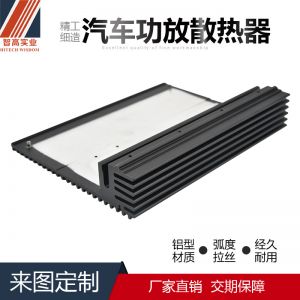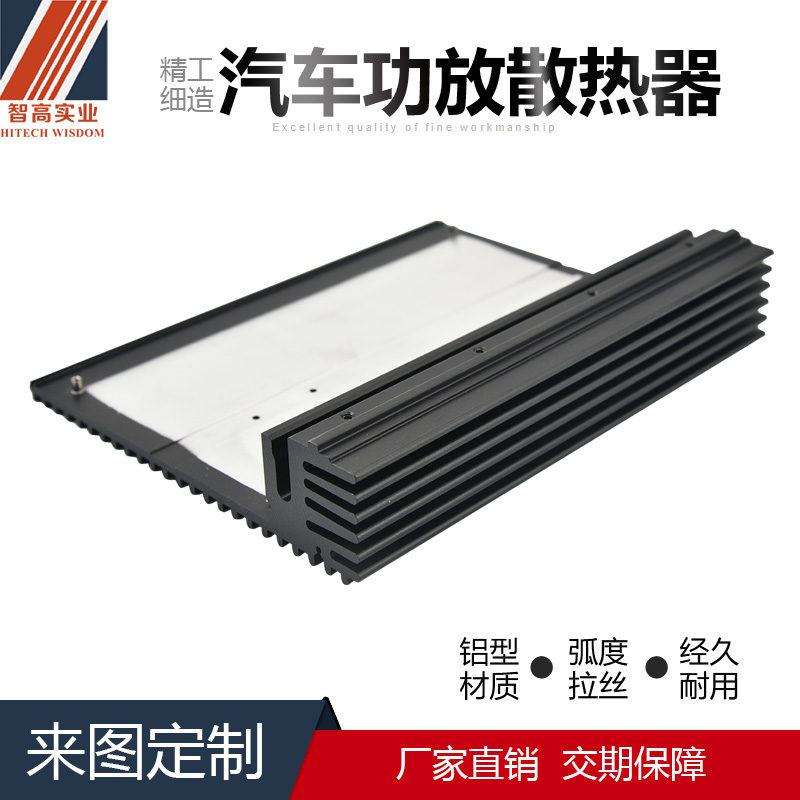

There are many materials for making radiators, and each has its own shortcomings. Next, Chicco and everyone will learn about the classification of materials for making radiators.
The first is a radiator made of pure copper. You can find that the thermal conductivity of copper is 1.69 times that of aluminum, so in the same time and the same area, copper can emit more heat. However, in the market, there are really not many radiators with 100% pure copper. However, the purity of copper will affect the thermal conductivity of the radiator. This is one aspect. On the other hand, the cost of copper is high and processing is difficult. The quality of the manufactured radiator is not necessarily light. Too much quality will affect its application.
Secondly, let's talk about the radiator made of pure aluminum, which is a relatively common radiator in the early days. And aluminum has many excellent properties, corrosion resistance, easy forming, and low density. Under normal circumstances, in order to increase the radiator area of the fins, pure aluminum radiators use aluminum extrusion technology to process the radiators. We can measure a radiator by the thickness of the radiator base and the Pin-Fin ratio. Generally speaking, the larger the Pin-Fin ratio, the larger the effective heat dissipation area of the radiator, which represents the more advanced aluminum extrusion technology.
Then talk about the radiator combined with copper and aluminum. Combining two metals is a relatively difficult thing. After all, the affinity between them is poor. If the combination is not good, it will produce a larger interface thermal resistance.
The last talk is ceramic radiator. Compared with metal radiators, ceramic radiators have developed well under the limitations. Due to its nature, it is relatively resistant to corrosion and high temperature, so it is a better heat exchanger for recovering high temperature preheating. And practice has also proved that it has a good heat exchange effect. It also has many advantages: stable performance, oxidation resistance, good thermal conductivity, long life and so on.
Through the above understanding, have you learned about the classification of electronic radiator materials?